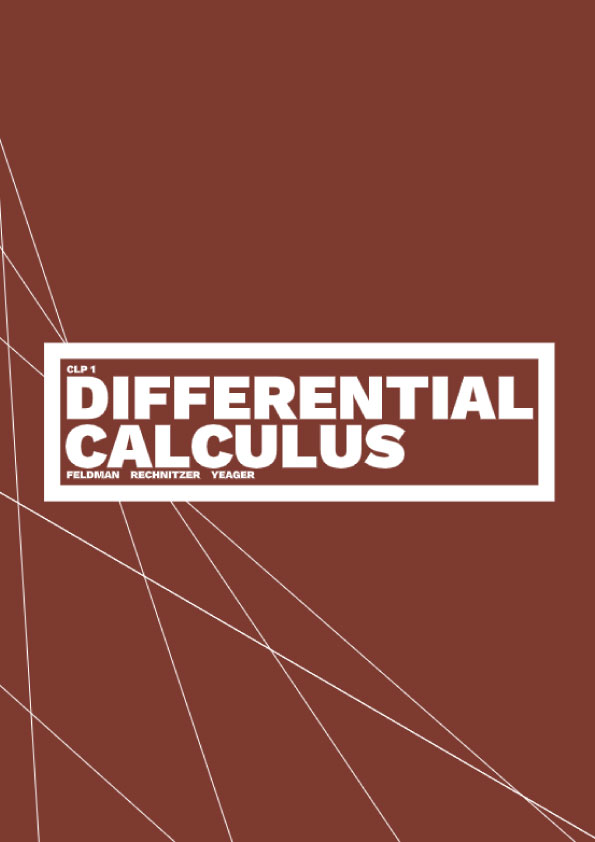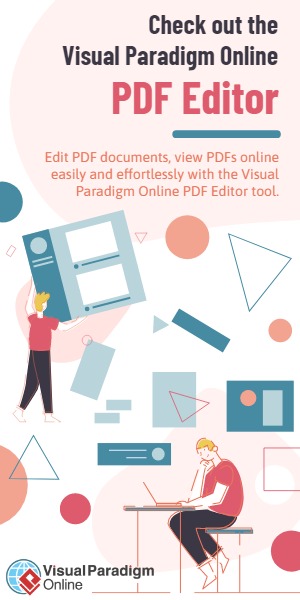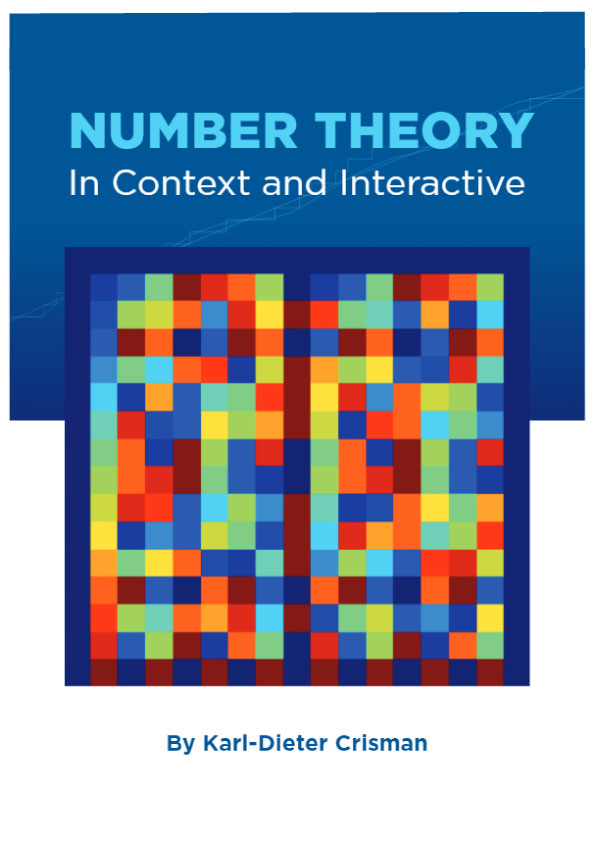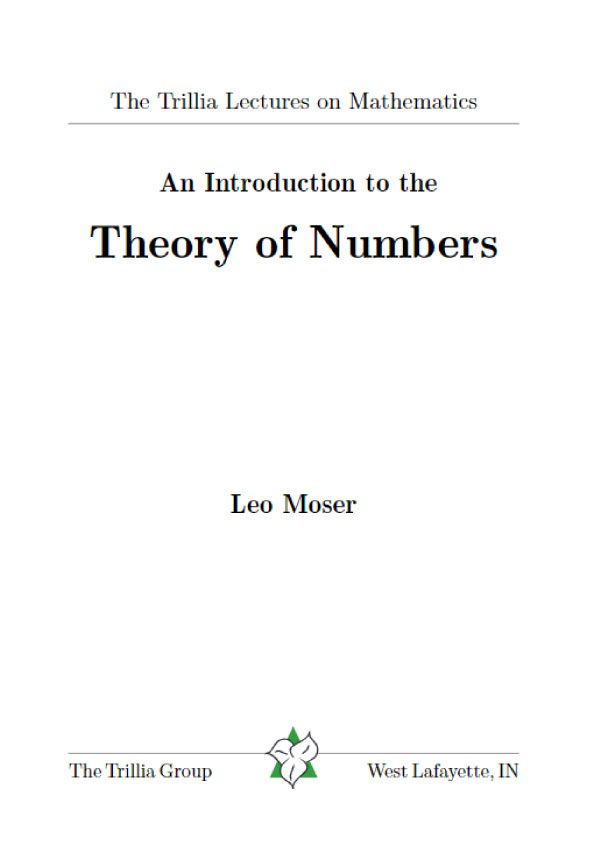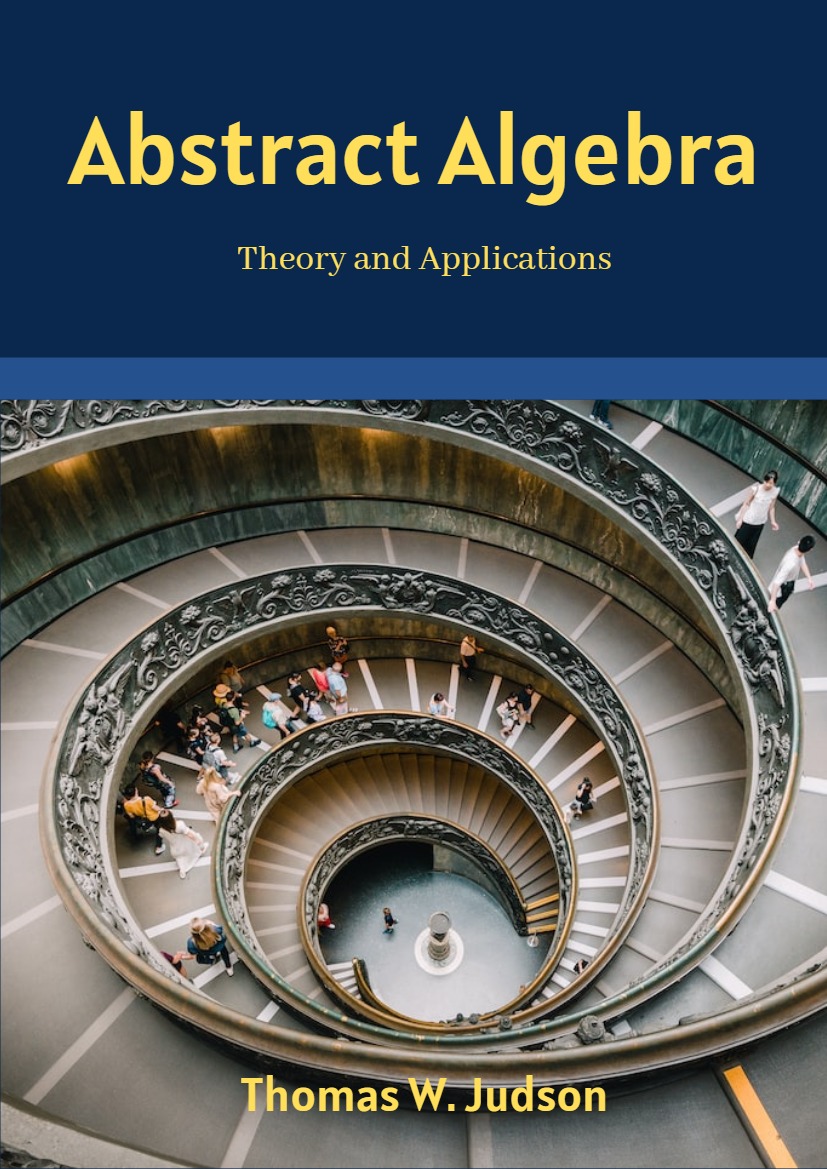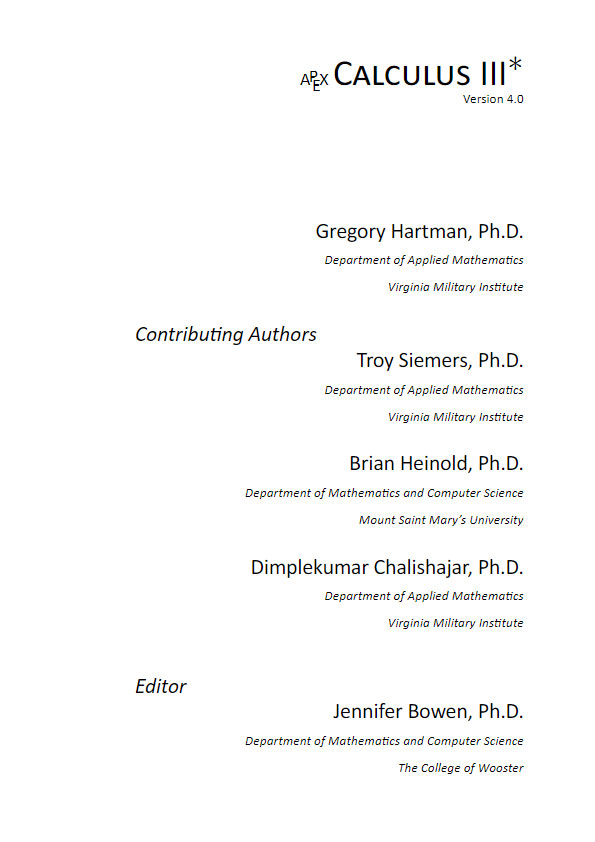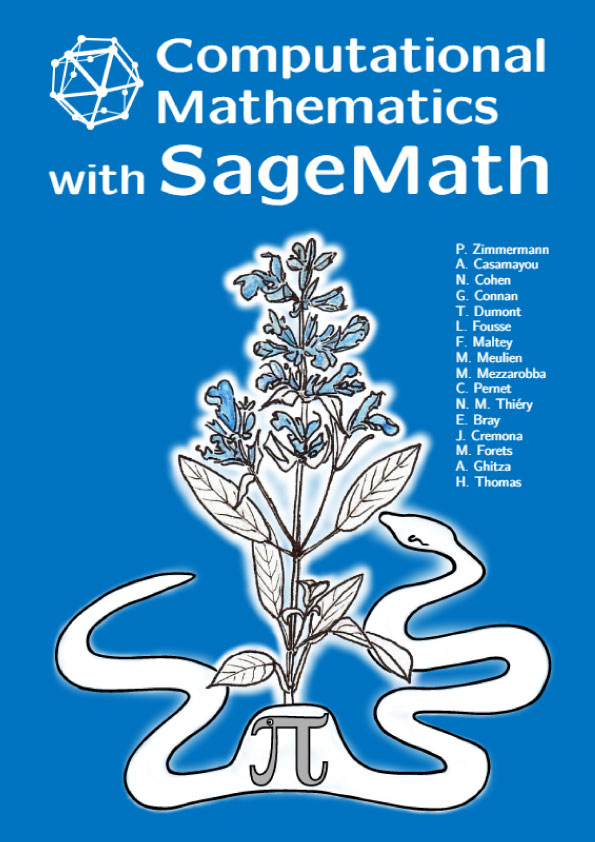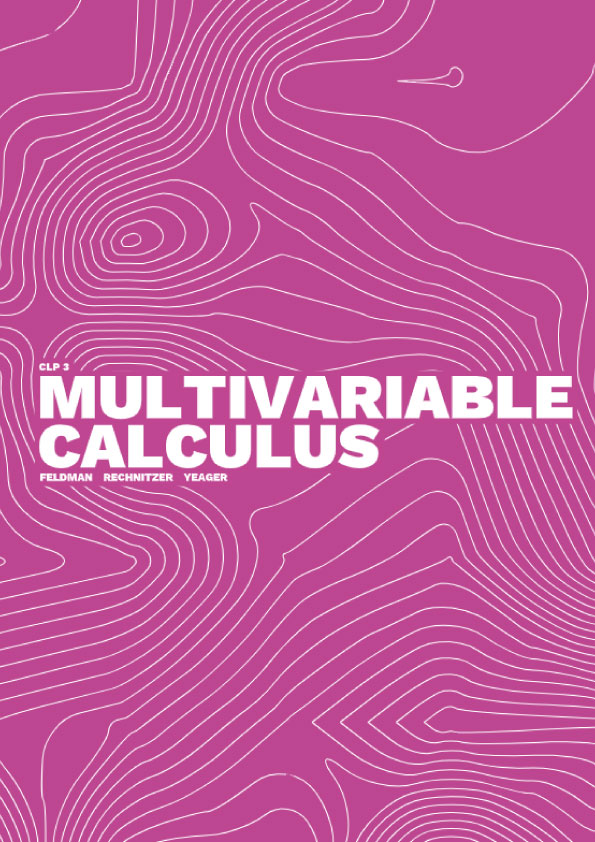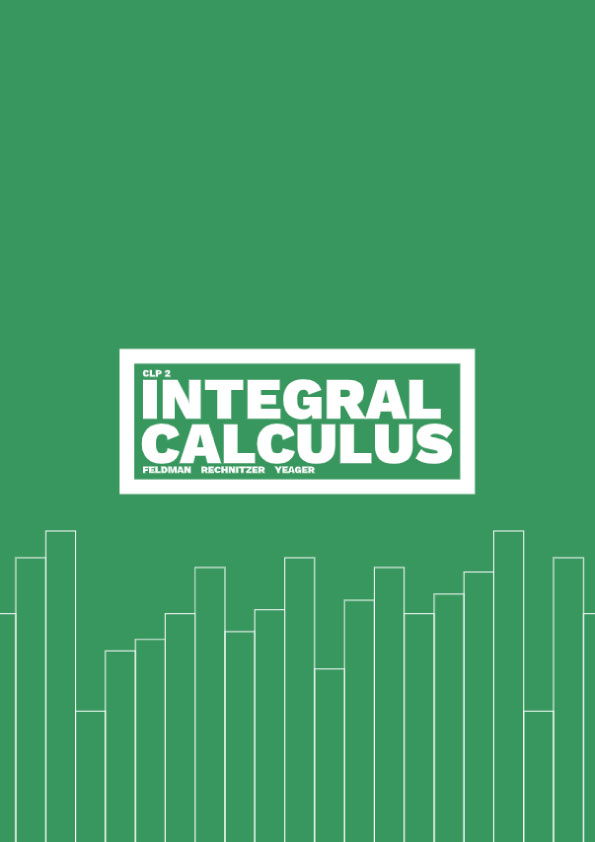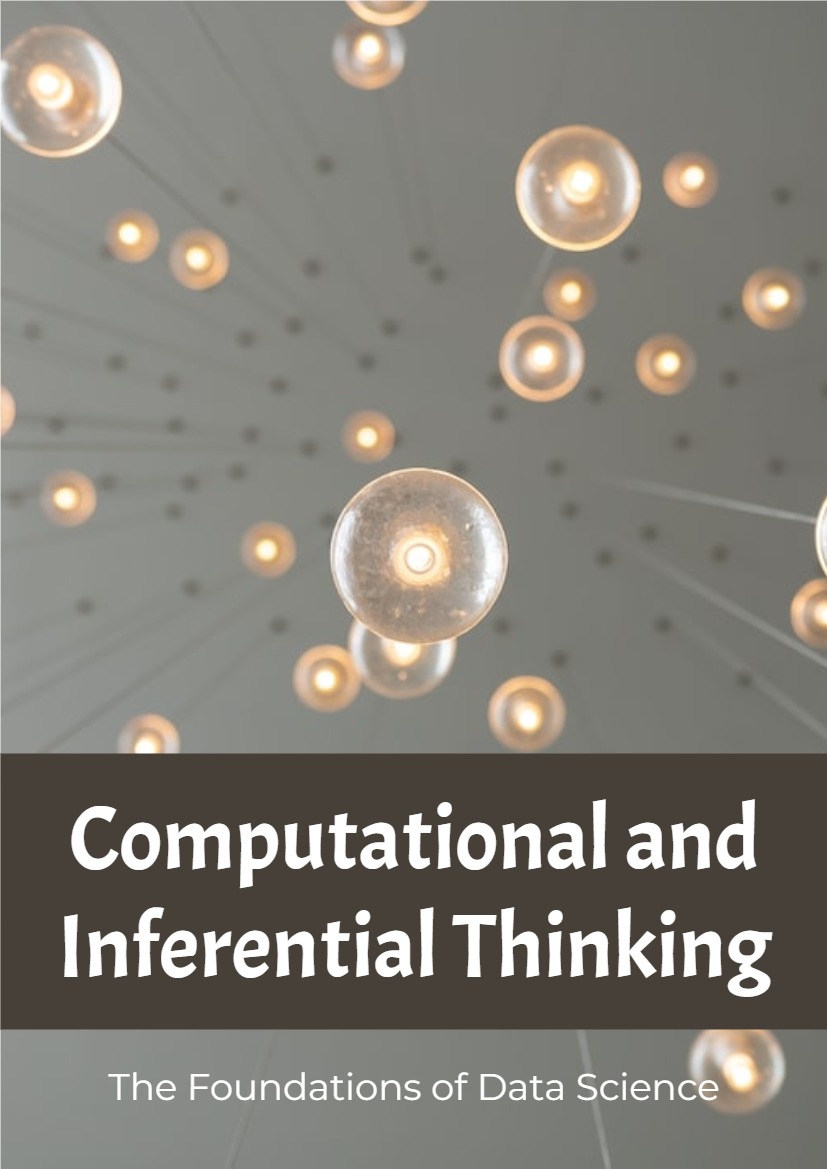0.1 Numbers
Before we do anything else, it is very important that we agree on the definitions and names of some important collections of numbers.
- Natural numbers — These are the “whole numbers” 1,2,3,. . . that we learn first at about the same time as we learn the alphabet. We will denote this collection of numbers by the symbol “N”. The symbol N is written in a type of bold-face font that we call “black-board bold” (and is definitely not the same symbol as N). You should become used to writing a few letters in this way since it is typically used to denote collections of important numbers. Unfortunately there is often some confusion as to whether or not zero should be included 1. In this text the natural numbers does not include zero.
Notice that the set of natural numbers is closed under addition and multiplication. This means that if you take any two natural numbers and add them you get another natural number. Similarly if you take any two natural numbers and multiply them you get another natural number. However the set is not closed under subtraction or division; we need negative numbers and fractions to make collections of numbers closed under subtraction and division.
Two important subsets of natural numbers are:- Prime numbers — a natural number is prime when the only natural numbers that divide it exactly are 1 and itself. Equivalently it cannot be written as the product of two natural numbers neither of which are 1. Note that 1 is not a prime number .
- Composite numbers — a natural number is a composite number when it is not prime.
Hence the number 7 is prime, but 6 = 3× 2 is composite.
- Integers — all positive and negative numbers together with the number zero. We denote the collection of all integers by the symbol “Z”. Again, note that this is not the same symbol as “Z”, and we must write it in the same black-board bold font. The Z stands for the German Zahlen meaning numbers. Note that Z is closed under addition, subtraction and multiplication, but not division.
Two important subsets of integers are:- Even numbers — an integer is even if it is exactly divisible by 2, or equivalently if it can be written as the product of 2 and another integer. This means that −14, 6 and 0 are all even.
- Odd numbers — an integer is odd when it is not even. Equivalently it can be written as 2k + 1 where k is another integer. Thus 11 = 2 × 5 + 1 and −7 = 2× (−4) + 1 are both odd.
- Rational numbers — this is all numbers that can be written as the ratio of two integers. That is, any rational number r can be written as p/q where p, q are integers. We denote this collection by Q standing for quoziente which is Italian for quotient or ratio. Now we finally have a set of numbers which is closed under addition, subtraction, multiplication and division (of course you still need to be careful not to divide by zero).
- Real numbers — generally we think of these numbers as numbers that can be written as decimal expansions and we denote it by R. It is beyond the scope of this text to go into the details of how to give a precise definition of real numbers, and the notion that a real number can be written as a decimal expansion will be sufficient. It took mathematicians quite a long time to realise that there were numbers that could not be written as ratios of integers . The first numbers that were shown to be not-rational are square-roots of rime numbers, like √ 2. Other well known examples are π and e. Usually the fact that some numbers cannot be represented as ratios of integers is harmless because those numbers can be approximated by rational numbers to any desired precision.
The reason that we can approximate real numbers in this way is the surprising fact that between any two real numbers, one can always find a rational number. So if we are interested in a particular real number we can always find a rational number that is extremely close. Mathematicians refer to this property by saying that Q is dense in R.
